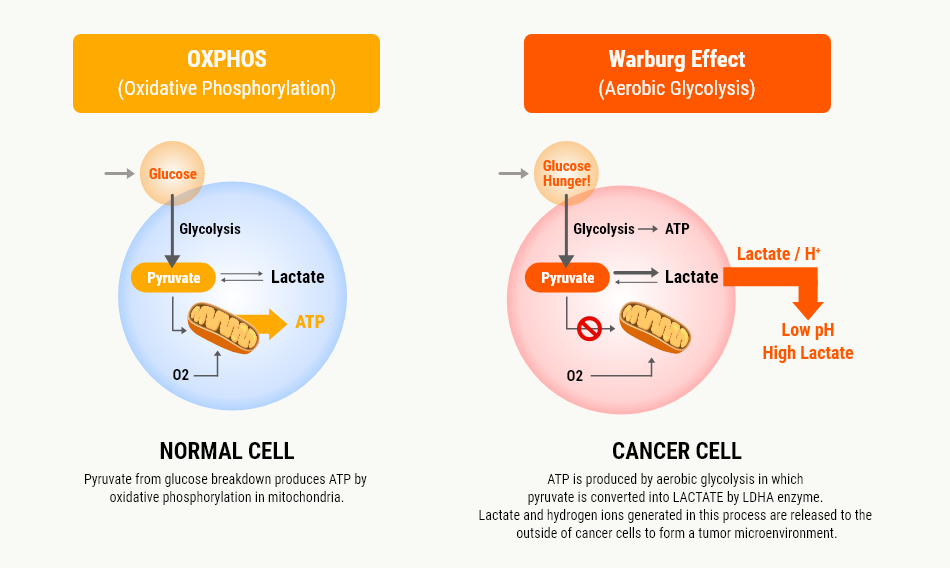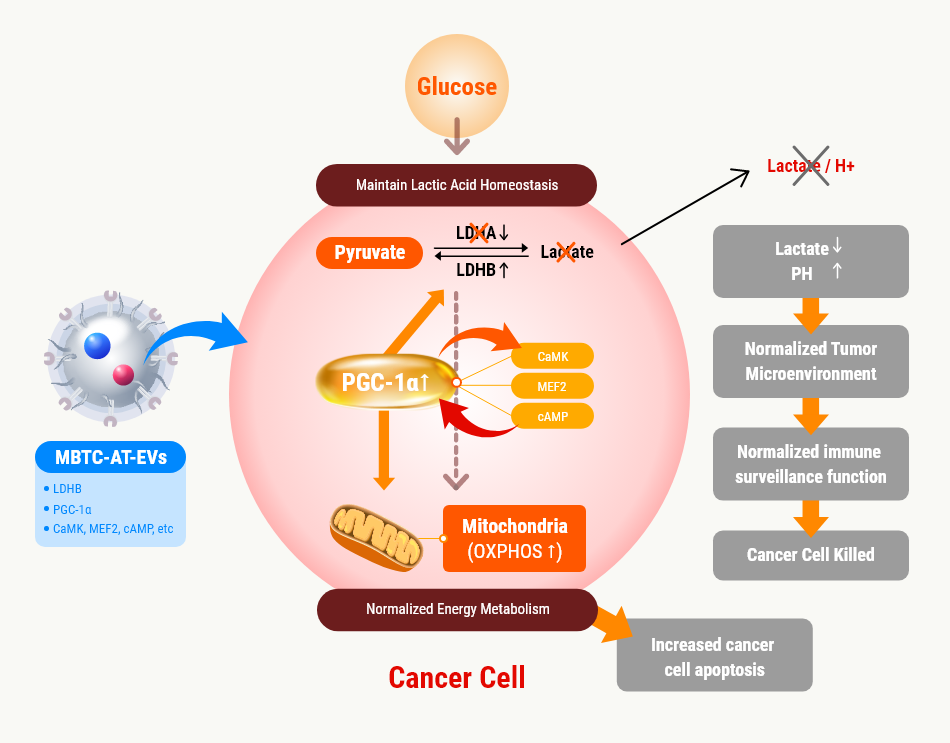Low pH
Tumor Microenvironment
Tumor Microenvironment
-
Cytotoxic & helper T cells
 IL-2, IFN-γ, TNF-α secretion
IL-2, IFN-γ, TNF-α secretion Perform & granzyme
Perform & granzyme
production and cytotoxic activity Proliferation in response to activation
Proliferation in response to activation Metabolism, chemotaxis,
Metabolism, chemotaxis,
and specific CTL responses
-
NK cells
 Inhibition of NFAT upregulation NKp46 (major Activating receptor) expression
Inhibition of NFAT upregulation NKp46 (major Activating receptor) expression Cytotoxic activity
Cytotoxic activity Degranulation
Degranulation Metabolic activity
Metabolic activity Proliferation
Proliferation
-
Antibodies
 Degradation
Degradation Oxidation
Oxidation Fc aggregation
Fc aggregation Antigen binding activity
Antigen binding activity

